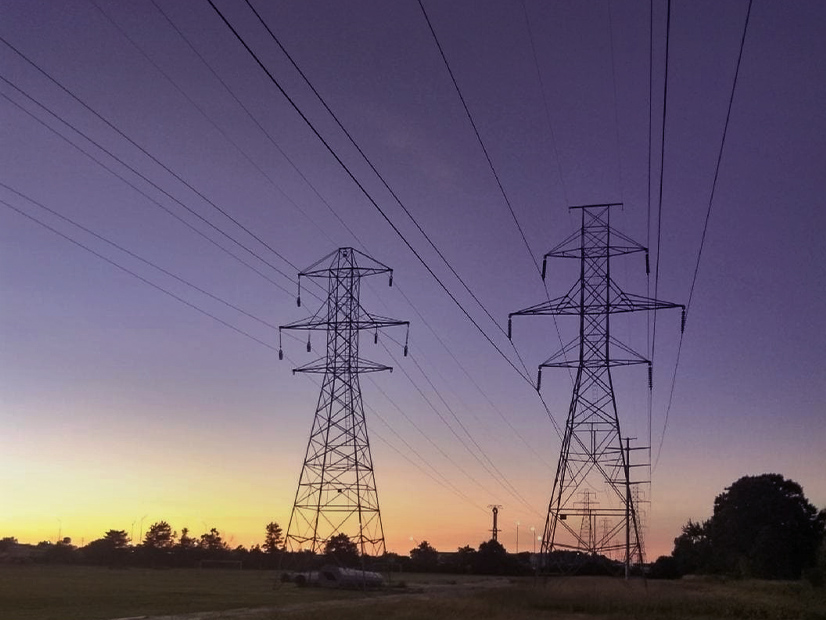MISO said Tuesday that it’s contemplating adding a class of smaller, congestion-relieving projects under its annual transmission planning.
Engineering adviser Ben Stearney told stakeholders during a Planning Subcommittee meeting that staff was inspired by its Targeted Market Efficiency Projects (TMEPs) process with PJM. MISO studies TMEPs for interregional purposes only, not under its own regional planning.
Stearney said the RTO may introduce additional TMEP-style planning to its annual Transmission Expansion Plan (MTEP) to alleviate the footprint’s increased congestion. He said “a TMEP-like process in a regional context” with a traditional production cost analysis could produce smaller transmission projects that clear congestion near existing generation resources.
Under MISO’s TMEPs process with PJM, projects must cost less than $20 million, completely cover installed capital cost within four years of service and be in service by the third summer peak from its approval. The projects are assessed using a shorter time horizon than interregional market efficiency projects.
Stearney said staff are conducting an “exploratory investigation” and could introduce a TMEP-like component in time for MTEP 23. MISO will begin building the MTEP 23 economic models near the end of the year.
WPPI Energy engineer Steve Leovy said he appreciated the evaluation because congestion costs have skyrocketed in the last two years and because MISO hasn’t conducted a market congestion planning study as part of MTEP since 2019. Leovy said the grid operator lacks “ongoing economic planning occurring in the near term.” He pointed out that MISO’s long-range transmission planning looks out at least 10 years, leaving immediate congestion fixes unaddressed.
The RTO’s members late last year questioned whether MISO’s planning is sufficiently addressing mounting transmission congestion.
Leovy has said generators in the footprint’s northwestern system with firm transmission service are feeling congestion’s squeeze and has said MISO’s economic modeling may not be capturing all congestion-relief opportunities.
The RTO might be assigning network upgrades that don’t consider all impacts of new generation projects given the raft on new projects in the Northwest, Leovy contends.
Last month, MISO’s Independent Market Monitor warned that MISO’s day-ahead and real-time congestion increased this winter by 142% and 118 %, respectively, compared to last winter. The Monitor said about half of the real-time congestion could be attributed to wind generation. (See MISO Says System Volatility Here to Stay.)




